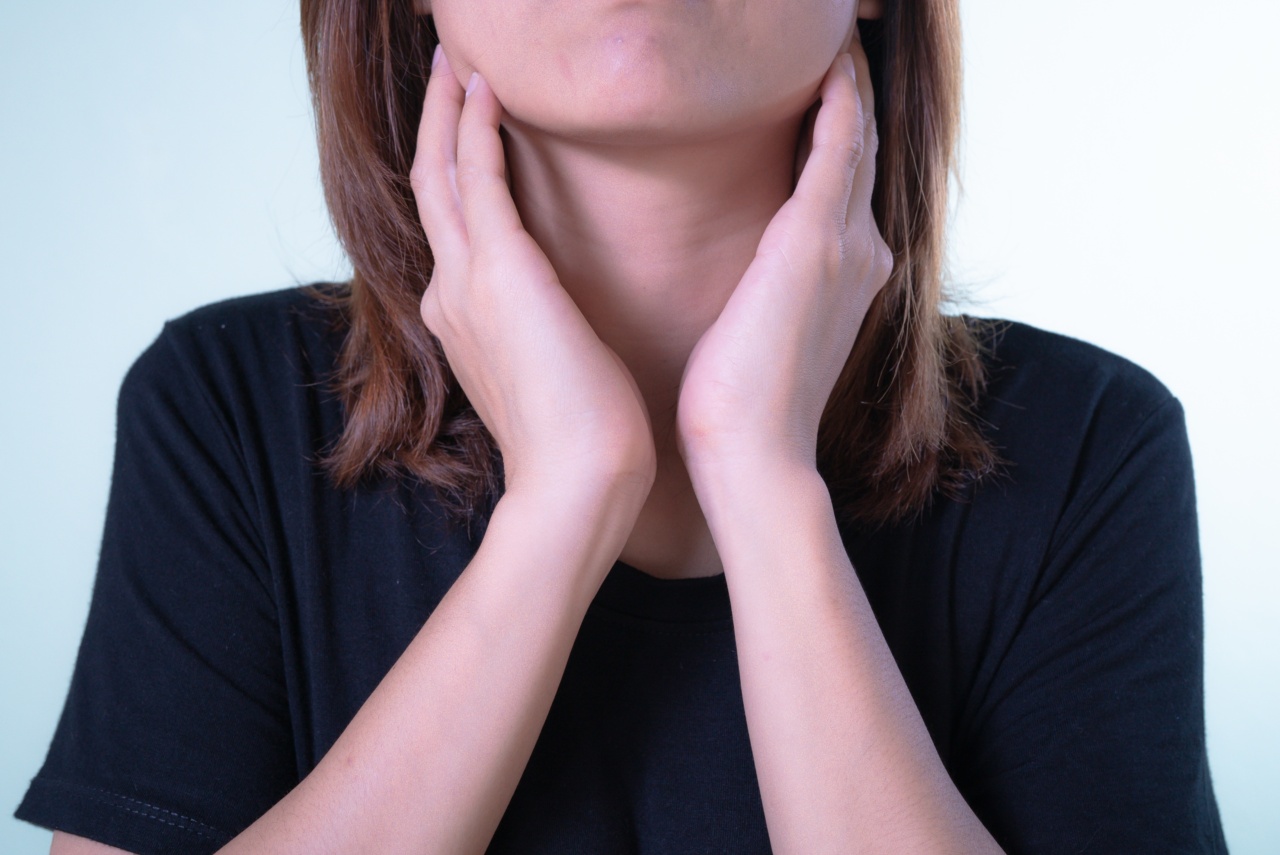Osteophytes, commonly known as bone spurs, can form in different parts of your body, including your neck. They are bony projections that develop on the edges of bones, causing pain and movement difficulties.
Osteophytes in your neck can lead to discomfort, stiffness, and eventually impede your range of motion. In this article, we’ll discuss ways to avoid pain from osteophytes in your neck.
Understanding Osteophytes
Osteophytes are caused by the wear and tear of your bones. They tend to develop in the neck as part of the natural aging process, although they can also occur due to arthritis, spinal stenosis, or other degenerative conditions.
Osteophytes can press against nerves or spinal cord, leading to pain, numbness, tingling, or other symptoms that may radiate to your arms or hands.
Symptoms of Osteophytes in Your Neck
Osteophytes in your neck can cause different symptoms depending on their location and size. Some common signs include:.
- Neck pain that worsens with movement or certain positions
- Stiffness or limited range of motion
- Headaches or migraines that start in the neck
- Numbness or weakness in the arms or hands
- Difficulty swallowing or breathing (in severe cases)
How to Avoid Pain from Osteophytes in Your Neck
If you have osteophytes in your neck, you may wonder how to prevent them from causing pain or worsening your condition. Here are some tips:.
1. Practice Good Posture
Slouching or hunching over can increase the pressure on your neck and spine, exacerbating osteophyte symptoms. Try to maintain a straight posture by keeping your shoulders back, your head aligned with your shoulders, and your chin parallel to the floor.
Avoid craning your neck or hunching over your phone or computer screen for prolonged periods.
2. Stretch Your Neck Muscles
Tight neck muscles can contribute to the pain and stiffness caused by osteophytes.
Try to incorporate some neck stretches into your daily routine, such as tilting your head from side to side, rolling your shoulders, or gently pulling your head forward with your hands (but not too forcefully). Consult a physical therapist or chiropractor for guidance on safe and effective exercises for your condition.
3. Use Heat or Cold Therapy
Applying heat or cold to your neck can help relieve pain and inflammation from osteophytes. You can use a heating pad, a warm towel, or take a warm shower to increase blood flow to the affected area and promote relaxation.
Alternatively, you can use a cold pack or a bag of frozen peas wrapped in a towel to numb the area and reduce swelling. Be careful not to overdo it, and avoid leaving the heat or cold on for too long.
4. Take Pain Relievers
If your osteophyte pain is mild to moderate, you may find relief from over-the-counter pain relievers such as acetaminophen, ibuprofen, or naproxen.
These drugs can reduce pain and inflammation, but they should always be taken as directed and under the supervision of a healthcare provider. If your pain persists or becomes severe, seek medical attention immediately.
5. Consider Alternative Therapies
Some people with osteophytes in their neck find relief from non-traditional therapies such as massage, acupuncture, chiropractic adjustment, or yoga.
These treatments may help release tension, promote relaxation, increase flexibility, and improve circulation. However, they may not be suitable for everyone, and their effectiveness may vary depending on your condition and preferences. Always consult with a qualified practitioner before trying any alternative therapy.
Conclusion
Osteophytes in your neck can be a source of pain and discomfort, but they don’t have to interfere with your daily activities. By following the tips above, you can mitigate the symptoms of osteophytes and prevent them from worsening.
Remember to listen to your body, rest when needed, and seek professional help if your condition deteriorates. With proper care, you can maintain a healthy neck and minimize the impact of osteophytes on your quality of life.






























